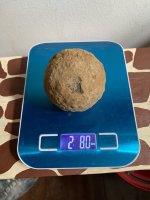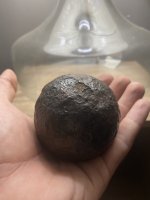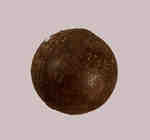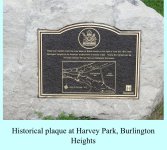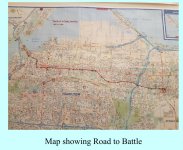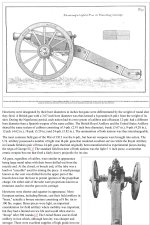itsConnorStade
Jr. Member
- Aug 14, 2024
- 35
- 42
Found in Hamilton, Ontario, Canada — Rosedale Area/Lower East End.
First photo is right after the piece was unearthed - Second photo is after a quick clean and passover with a wire brush — Third photo is after all rust/corrosion has been gently removed/chipped away.. another passover with the wire brush, rinsed and there you have it.
Measurements:
2 1/2 Inches in Diameter
Weighing 2 Pounds 6 Ounces
12 Inches Below Surface
First photo is right after the piece was unearthed - Second photo is after a quick clean and passover with a wire brush — Third photo is after all rust/corrosion has been gently removed/chipped away.. another passover with the wire brush, rinsed and there you have it.
Measurements:
2 1/2 Inches in Diameter
Weighing 2 Pounds 6 Ounces
12 Inches Below Surface
Attachments
Last edited:


